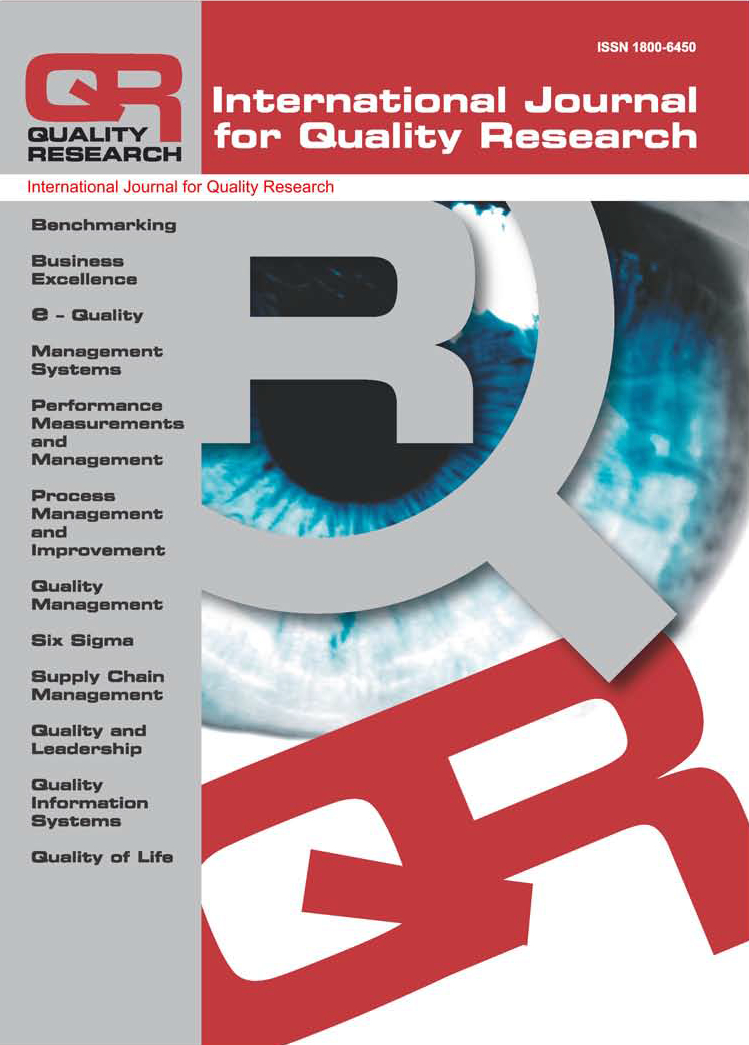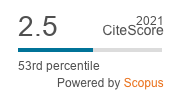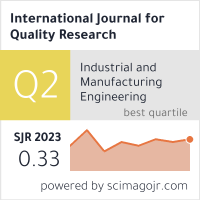INVESTING IN RESOURCE-SAVING MEASURES AS A TOOL OF ANTI-CRISIS FINANCIAL MANAGEMENT AT ENTERPRISES
Olexandr Yemelyanov,
Yurii Dziurakh,
Taras Danylovych,
Nataliia Bondarchuk,
Olha Demianchuk,
Yulia Kharchuk
Abstract: The article developed and tested methodological principles for evaluating the effectiveness of investing in resource-saving measures as a tool of anti-crisis financial management at enterprises. It is planned to carry out such an assessment by forecasting the values of the proposed indicator of the depth of the financial crisis at enterprises. The calculation of this indicator is based on comparing the minimum acceptable value of the financial result of the company's activity for the fulfillment of debt obligations with the actual value of such a result. The application of the proposed indicator makes it possible, among other things, to carry out a qualitative gradation of the depth of the financial crisis at enterprises by distinguishing them into six classes depending on the value of the indicator of this depth. At the same time, four of these classes refer to business entities already in a state of financial crisis or with signs of the possibility of approaching this state. Accordingly, by assessing the forecast or actual change in the number of such enterprises after they implemented resource conservation investment projects, it is possible to establish the effectiveness of investing in resource conservation measures as a tool of anti-crisis financial management at enterprises. To correctly calculate the predictive value of the indicator of the depth of the financial crisis at the enterprise, among other things, the simulation of this indicator was carried out. Such modeling provided, in particular, an opportunity to better understand the mechanism of influence of several factors on the value of the indicator of the depth of the financial crisis. It was established that the main factors include the structure of sources of financing resource-saving investment projects, the length of the crediting period, the capital intensity of products, and the share of expenses related to the consumption of specific production resources, etc. Based on the conducted theoretical studies, a method was developed for evaluating the effectiveness of investments in resource-saving measures as a tool of anti-crisis financial management at enterprises. This method was successfully tested on a sample of enterprises that belong to three industries and are characterized by a significant share of loan capital in the structure of asset financing sources. The results of the empirical analysis showed that implementing energy-saving projects at the studied enterprises will significantly reduce the number of enterprises in a crisis or pre-crisis state. It was also proven that the forecast value of the indicator of the depth of the financial crisis after the implementation of energy-saving projects decreases with an increase in the crediting period and the initial share of costs for the purchase of energy resources. However, the value of this indicator increases with an increase in the capital intensity of the enterprises' products and the share of loan financing of the corresponding energy-saving projects.
Keywords: Enterprise, Financial crisis, Anti-crisis management, Depth of the crisis, investment, Resource-saving project, Energy saving
DOI: 10.24874/IJQR18.01-20
Recieved: 17.01.2023 Accepted: 11.11.2023 UDC: 338.124.4
Reads: 1349 








